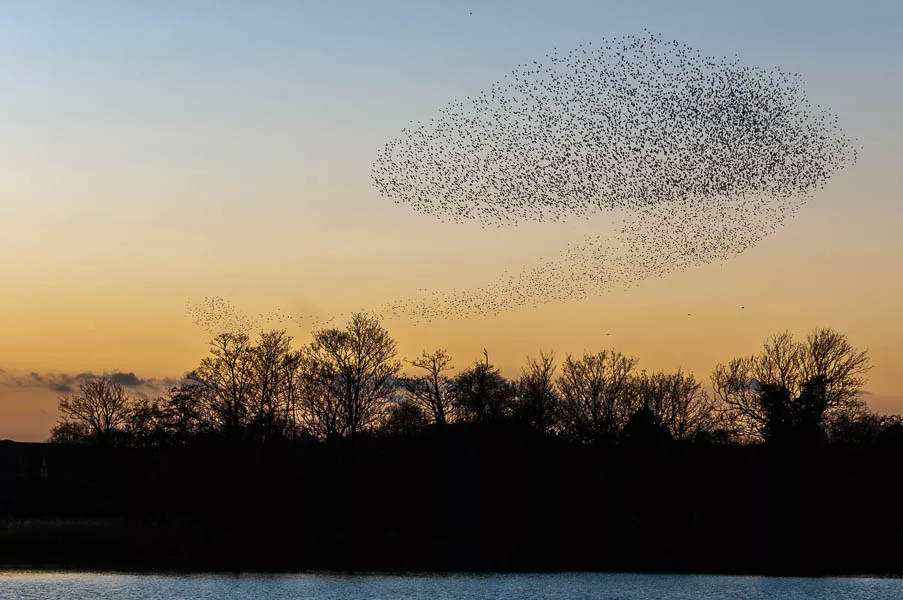Look up!
December 21 marks the winter solstice, where the Sun will be at its lowest in the sky, bringing the shortest day with over 16 hours of darkness. To battle the December blues, take this opportunity for stargazing! Thankfully, the winter night sky is full of spectacular sights. The next few weeks also host two of the most prolific meteor showers in the calendar, with the Geminids in December and the peak of the Quadrantids in early January.
The Geminids meteor shower will be visible throughout December, but is expected to peak around 13 and 14 December, and often produces over 100 meteors an hour. More meteors are likely to be visible after midnight, where tiny fragments of rock and dust left behind the 6km (3.5 mile)-wide rocky asteroid known as 3200-Phaethon will hit our atmosphere. This asteroid’s orbit means that every year and a half, it passes close to the Sun, heating up as it does so, and leaves a trail of dust and fragments of rock that Earth passes through every year on its own journey around the Sun.
The Quadrantids is expected to peak around 3 to 4 January. It’s known for producing blue-ish meteors with occasional bright fireballs, so wrap up warm and see if you can spot these meteors blazing through our atmosphere at up to 70km (45 miles) per second!
How can you help?
During the autumn and winter, birds require high-energy (high-fat) foods in the cold weather to maintain their fat reserves to survive the colder nights. At this time of year, please put out food and water on a regular basis. In the case of severe weather, feed twice daily if you can: in the morning and in the early afternoon.
In order to create resilient landscapes, we need dynamic, abundant ecosystems. We must protect our winter visitors to ensure that their vital role in our ecosystem (including feeding on pest species, contributing to seed dispersal and providing natural fertiliser) does not disappear and send shockwaves across our global ecosystem. Please keep away from these feeding birds on coastlines, keep to paths and keep dogs on leads.












